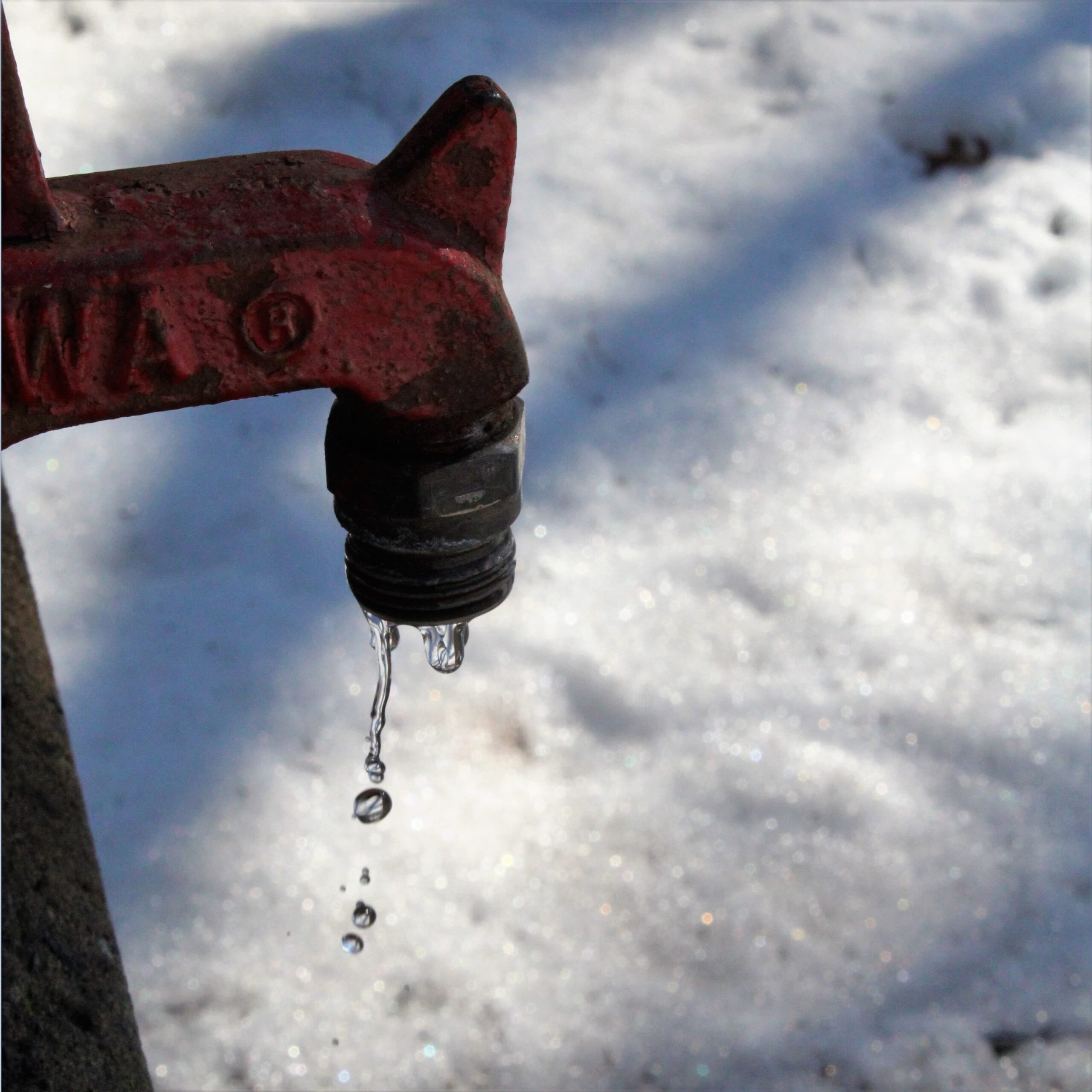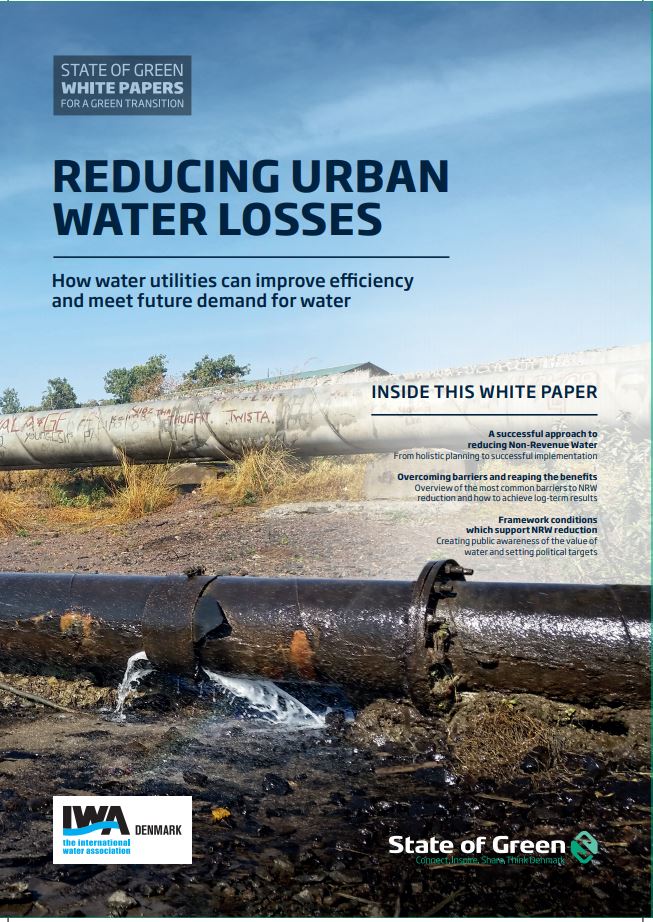Download our publication on reducing urban water loss today
This article is part of our publication ‘Reducing urban water loss’.
Download nowPerspective
Non-revenue water


The NRW programme has to be maintained during the operational phase. This requires daily focus on both maintenance as well as operational efforts such as pressure management, leakage monitoring and fast and efficient leakage repair. This way, it is possible to keep a low NRW level while also achieving other benefits such as energy savings, improved drinking water quality and high customer satisfaction.
Best practice NRW management is based on the principle of breaking down the distribution system into smaller and more manageable units known as District Metered Areas (DMAs), where the flow balance can be monitored for each DMA. Ideally, a hydraulic model is used to optimise the design of the
DMAs, where several considerations are applied such as minimum detectable leak size, pressure balancing across the DMA, grouping of customer categories and security of supply. The system may be further developed by installing noise loggers for fast detection of new bursts and by establishing active pressure management.
This can be done in each DMA or in groups of DMAs, grouping the DMAs into Pressure Management Areas (PMAs). Ideally, this will also be based on hydraulic modelling. Pressure management is implemented by use of pump or valve controls, depending on whether the specific PMA or DMA is
to be subject to increases or reduction in pressure. As the demand for water varies widely throughout the day, controlling the inlet pumps or valves supplying the individual PMA/DMA will reduce the existing background leakage, frequency of new pipe bursts and optimise energy usage.
Controlling NRW is a long-term and ongoing effort. Focus during the operational phase should continuously be on:

This article is part of our publication ‘Reducing urban water loss’.
Download nowIn addition to the daily NRW management, successful NRW reduction requires a longterm rehabilitation strategy for network maintenance and rehabilitation. Water distribution networks are often constructed over many years and continuously expanded and adjusted to meet the requirements
of increased urbanisation. New regulatory requirements for drinking water supply are imposed on the water companies, new technologies and more efficient construction methods are developed and the benefits in upgrading to the best available standards are often quite significant.
Using online water meters (smart meters) at customer level means that the operators can monitor the water balance for each DMA with a much higher frequency, and much more precisely, compared to the traditional setup with monthly or annual readings of the customer meters that are conducted
manually. The first Danish water utilities to have implemented smart customer meters are experiencing huge benefits in terms of shorter response times on leak detection and leak repairs. Water utilities serving areas with vulnerable pipes that are especially prone to bursts are adding permanently deployed acoustic noise loggers, with automated data collection, as an additional technology that allows pipe burst to be registered, reported and localised within 24 hours.